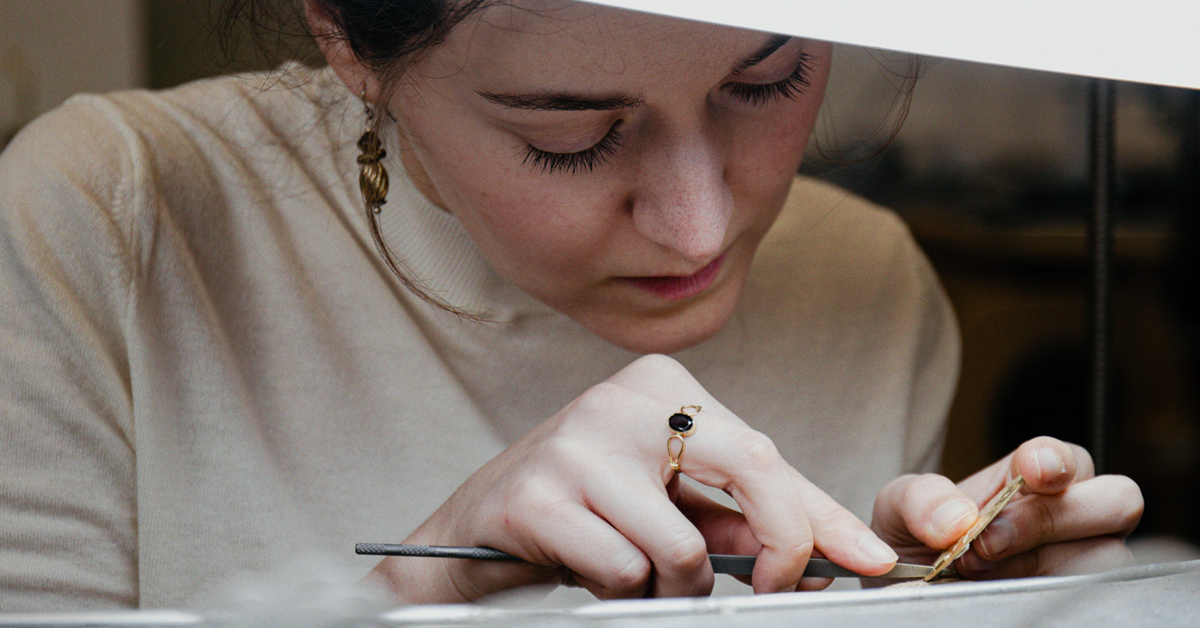
Viaggio nelle scuole di formazione: IED, i piani formativi delle sedi di Roma, Milano e Torino per il Jewelry Design

Progettualità, tradizione manifatturiera e tecniche di produzione innovative sono i tratti distintivi dell’ Istituto Europeo di Design (IED), fiore all’occhiello nel panorama formativo internazionale. Nelle sue sedi di Torino, Milano e Roma sono attivi percorsi di studio dedicati non solo al disegno industriale, alla moda e alle arti visive, ma anche al gioiello.
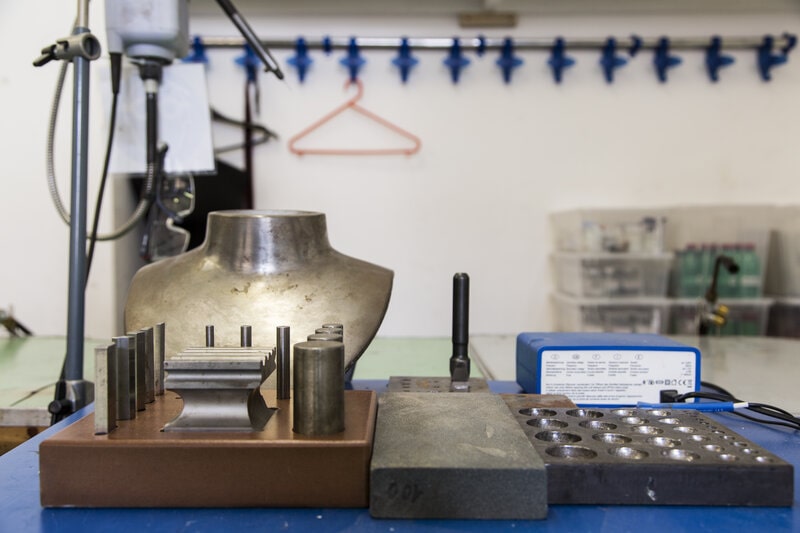
Il percorso triennale in Design del Gioiello IED è un corso formativo riconosciuto come diploma accademico di primo livello, dunque equiparabile a una laurea triennale. Lo scopo è formare progettisti del gioiello che sappiano ideare, prototipare e realizzare interamente una collezione personale di gioielli. Il corso di studi è focalizzato innanzitutto sullo studio dei materiali e sulla lavorazione di metalli e materiali alternativi. Il settore del gioiello è in continua evoluzione e sfrutta le potenzialità della tecnologia a sostegno della manualità e della tradizione orafa. Gli studenti IED, non a caso, studiano anche progettazione digitale, la modellazione 3D e il rendering. Il futuro Jewelry Design impara, dunque, a tenere in equilibrio l’approccio personale e sperimentale e il design company-oriented, entrambi fondamentali per i futuri progettisti di gioiello.
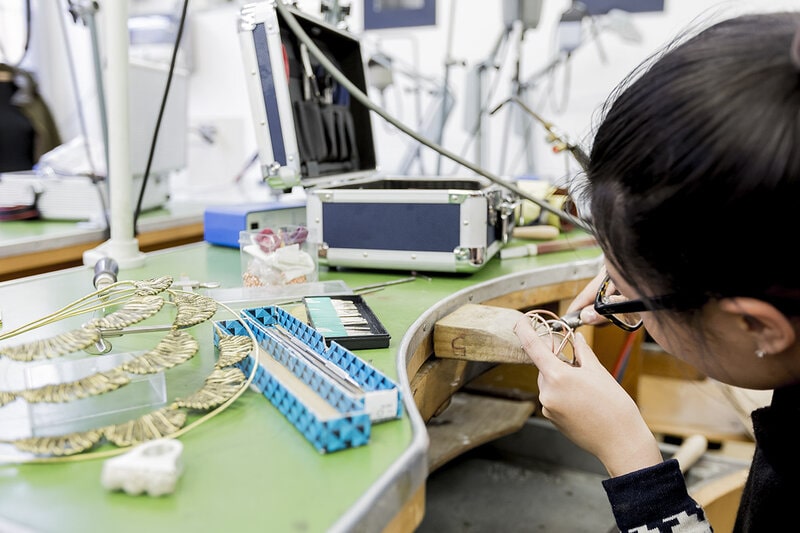
Le sedi IED di Torino, Milano e Roma condividono linee guida e percorso di studi: offrono un corso triennale full-time in presenza da 180 crediti, in cui è prevista una forte parte laboratoriale. Ci sono, però, delle specificità. Ciascuna sede sviluppa un proprio legame molto forte con il territorio del quale è espressione e con il tessuto produttivo nel quale opera. Le aziende ed i laboratori, dunque, “entrano” nelle sedi IED con collaborazioni esterne, in progettazioni didattiche e speciali.
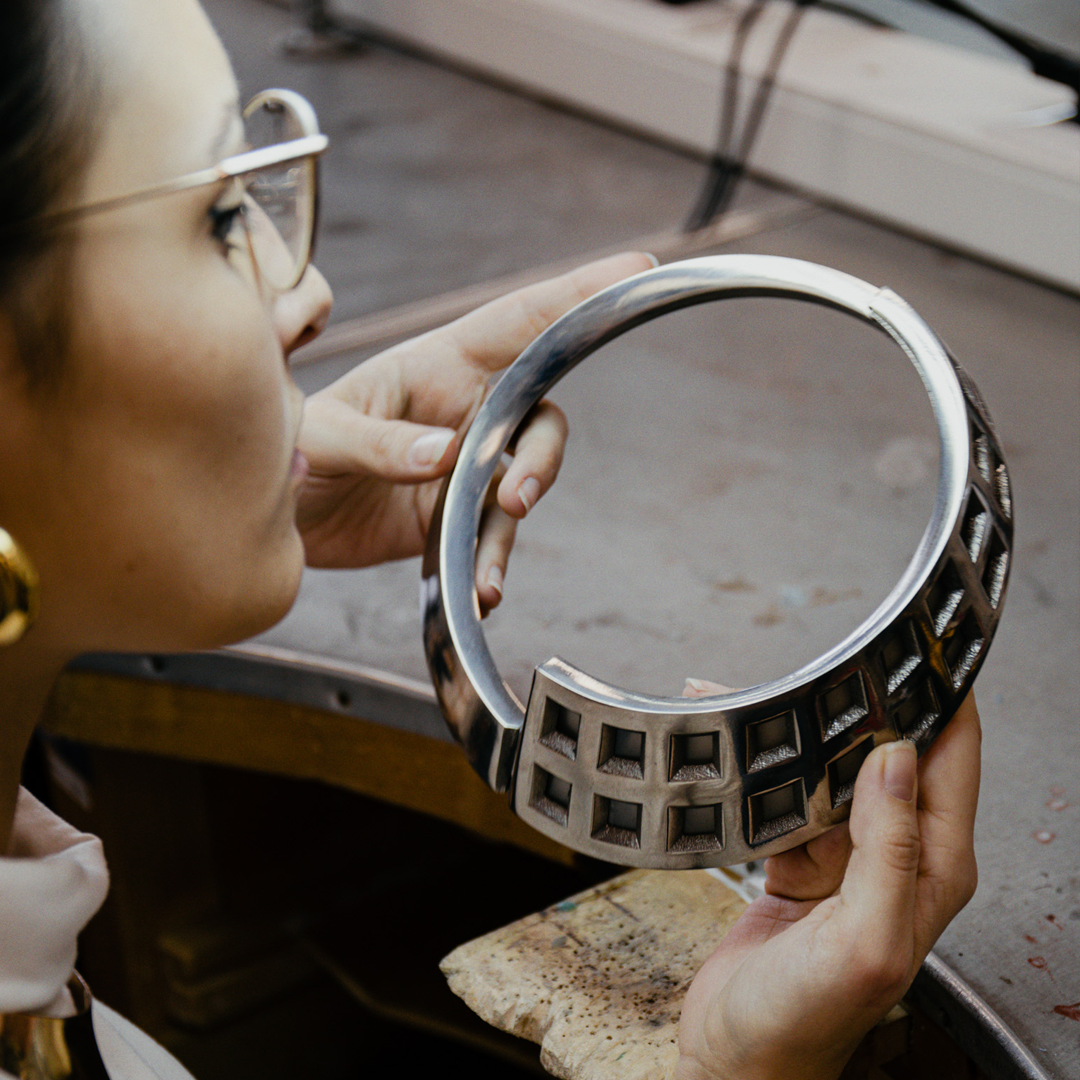
Ad esempio IED Roma aggiunge al corso triennale da 180 crediti anche un master in Jewlery Design. Il prossimo comincerà a gennaio 2024, è full time, si svolge in presenza. Il coordinamento del corso è affidato a Luca Bartoleschi e il master offrirà una panoramica aggiornata e trasversale sulle diverse declinazioni del settore: dai gioielli di lusso ai gioielli contemporanei, con un focus sul mercato internazionale. Le informazioni utili ed i costi sono consultabili attraverso il seguente link: www.ied.it/corsi/roma/master/jewelry-design
Il master è il fiore all’occhiello dell’attività formativa che ha un percorso lunghissimo alle spalle, di 40 anni. La scuola di Roma è stata frequentata, tra gli altri, da Jessica Cooper, diplomata IED Roma al Master in Jewerly Design. Ha disegnato la corona indossata da Madonna in “The Enlightenment”, short movie realizzato per Vanity Fair in cui si trasforma nella Vergine Maria e dà vita a un’ultima cena tutta al femminile.
La lingua di insegnamento è l’italiano e tra le collaborazioni spicca quella con Rome Jewelry Week, settimana interamente dedicata alla promozione e alla valorizzazione del gioiello contemporaneo, d’autore, d’artista e delle realtà orafe storiche della città di Roma. Gli studenti di Graphic Design IED Roma hanno realizzato il nuovo logo per il rebranding della manifestazione nel 2023. La kermesse si è avvalsa anche della consulenza di Barbara Brocchi, creative manager, illustratrice, designer e coordinatrice del corso di Design del gioiello IED Roma. Tra i vincitori c’è Igor Quagliata, ex studente IED Roma. Gli studenti hanno anche partecipato al premio INCINQUE, dedicato ai giovani designer.
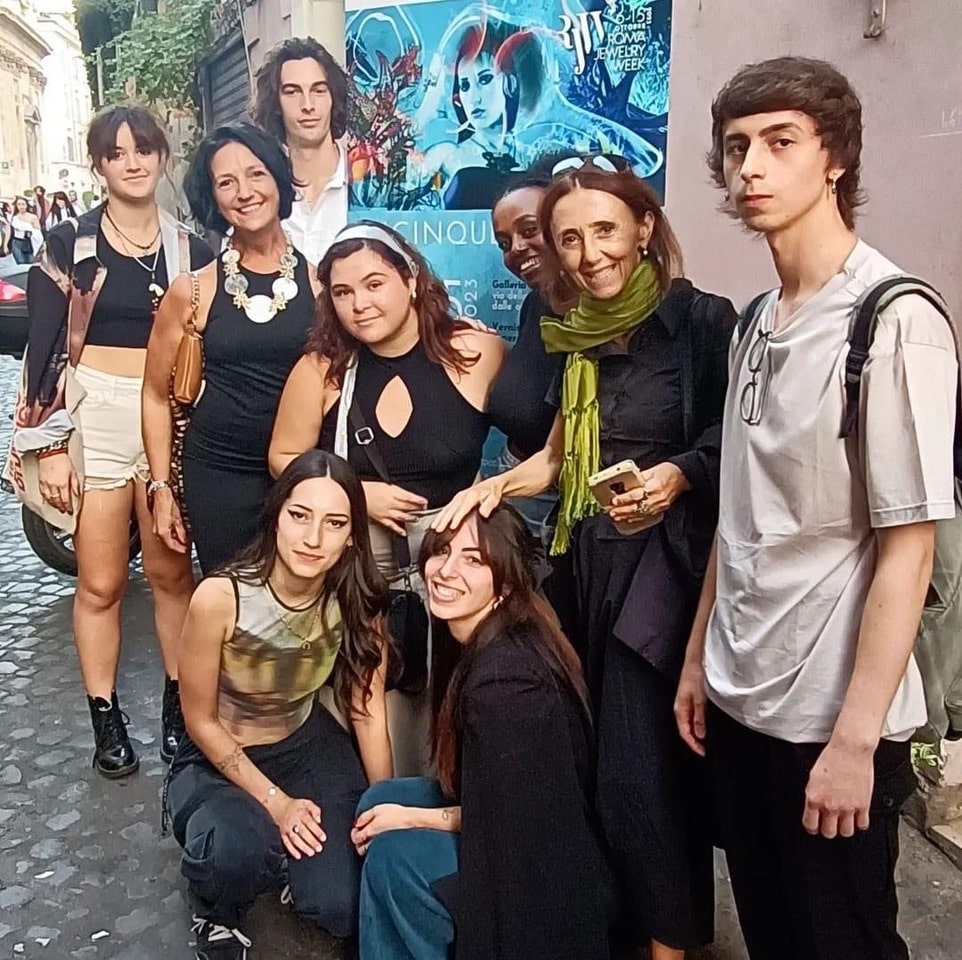
IED Milano sceglie l’inglese come lingua d’insegnamento ed è straniero circa il 90% degli studenti che sceglie il corso. Da segnalare la forte connessione con Milano Jewelry Week e proprio IED è stato uno dei luoghi espositivi delle ultime edizioni. A proposito delle collaborazione, ce n’è traccia fortissima nelle tesi degli studenti, durante l’anno accademico 2022-2023. I progetti di tesi, infatti, sono stati esposti e anche discussi in un luogo espositivo iconico come l’Archivio Negroni e si sono avvalsi della prestigiosa collaborazione con con Bros Manifatture per lo sviluppo di concept di gioielli partendo dall’Heritage marchigiano. In ambito didattico, IED Milano segnala due collaborazioni. La prima è con l’azienda nautica finlandese Nautor Swan, settore yacht a vela. Gli studenti del secondo anno hanno progettato una collezione di gioielli ispirata alla nautica e un trofeo per gli europei di regata club swan racing. La particolarità del trofeo è la sua ciclicità: si tramanderà di anno in anno al vincitore. L’altra collaborazione è con Peruffo, finalizzata alla progettazione di una collezione di gioiello fondata sullo studio del movimento e in grado di rispecchiare le caratteristiche del brand.
IED Torino sceglie l’italiano come lingua d’insegnamento. La sua particolarità è fondere la parte di gioiello con quella di accessori. Dunque l’approccio metodologico non solo dedica cura e attenzione al prodotto ma sceglie anche la direzione dell’acquisizione di competenze, con particolare riferimento agli strumenti ed ai software più richiesti dalle aziende del settore (Zbrush, Rhinoceros, CLO3D).
Per l’anno accademico 23/24, Torino lanciato un brief per progetti di tesi in collaborazione con Damiani.
Tutte le sedi sono poi coinvolte nella partecipazione ad eventi nazionali, tra i quali Digital Jewelry week, che nella sua prima edizione (2-7 ottobre scorsi) ha valorizzato giovani designer under 30 attraverso una mostra virtuale. Ha vinto Sebastian Plah Galindo, ex studente IED Milano. Beneficerà della sponsorizzazione gratuita di uno stand alla fiera VicenzaOro, nell’edizione di gennaio 2024.
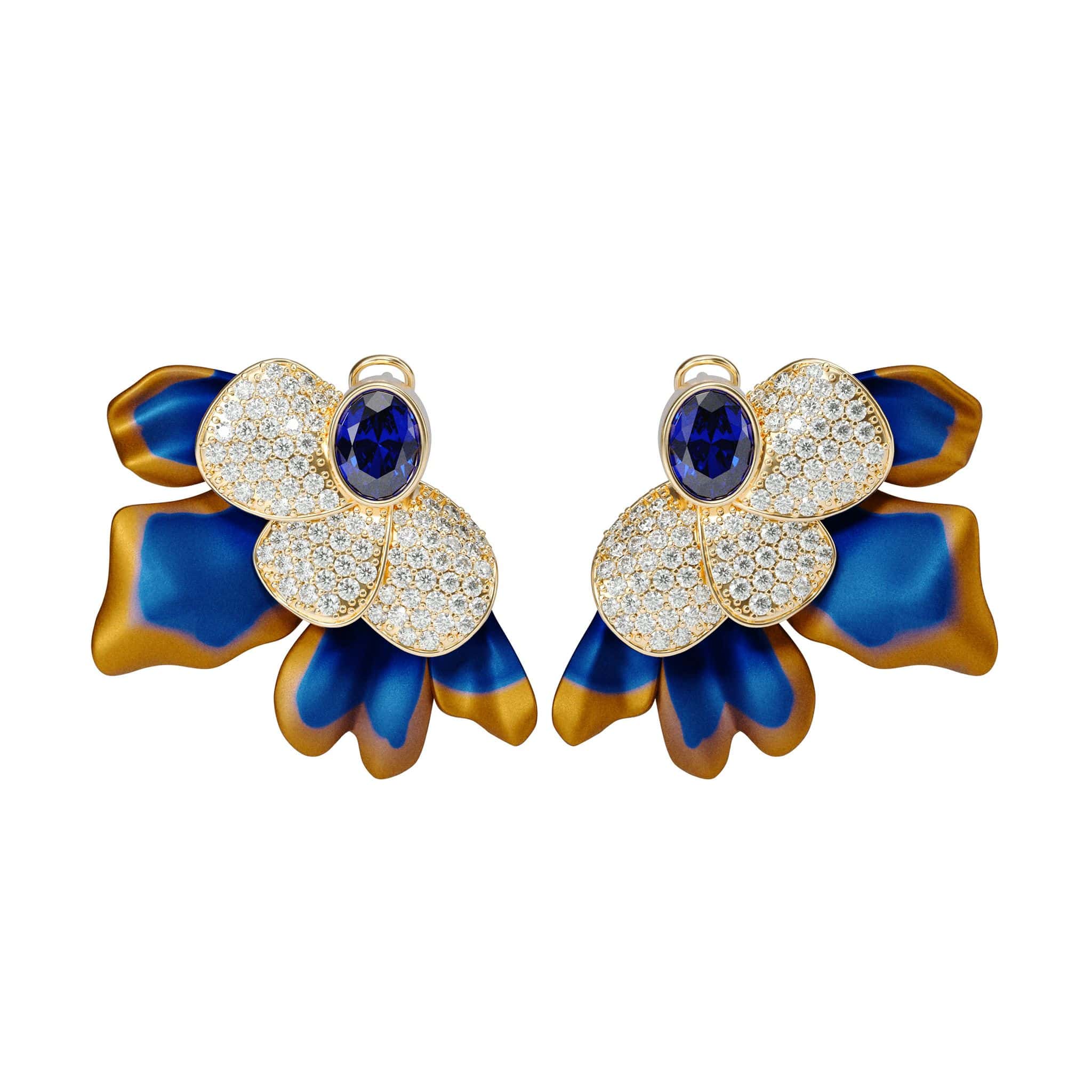
Per quanto riguarda il placement, il dato di occupazione (dati forniti su scala nazionale, nda) Italia a un anno dal diploma è il seguente: Milano triennio 10%, Torino triennio 100%, Roma triennio 75%, Roma master 75%. Le figure professionali maggiormente richieste per i neodiplomati IED in Design del Gioiello e di Accessori sono Jewelry designer, Eyewear designer, Jewelry product developer per le aziende Cartier, Kering eyewear, Luxottica Mattioli Gioielli, Fope, Pomellato, Unoaerre, Orsini Gioielli, Casato, Crivelli, Nove 25, BMC SPA, Gruppo LVMH, Giovanni Raspini Gioielli.
Jewelry Design at IED: the training plans of the Rome, Milan and Turin campuses
Design, manufacturing tradition and innovative production techniques are the hallmarks of the Istituto Europeo di Design (IED), a flagship on the international education scene. Its branches in Turin, Milan and Rome offer study courses dedicated not only to industrial design, fashion and visual arts, but also to jewellery.
IED’s three-year course in Jewellery Design is a training course recognised as a first-level academic diploma, and therefore equivalent to a three-year degree. The aim is to train jewellery designers who know how to design, prototype and fully realise a personal jewellery collection. The course of study focuses primarily on the study of materials and the processing of metals and alternative materials. The jewellery sector is constantly evolving and exploits the potential of technology to support manual skills and the goldsmith’s tradition. IED students, not surprisingly, also study digital design, 3D modelling and rendering. The future jewellery designer therefore learns to balance a personal and experimental approach and company-oriented design, both of which are fundamental for future jewellery designers.
The IED branches in Turin, Milan and Rome share the same guidelines and course of study: they offer a three-year, full-time, 180-credit course in presence, with a strong workshop component. There are, however, specificities. Each location develops a its own very strong link with the territory of which it is an expression and with the productive fabric in which it operates. Companies and workshops, therefore, ‘enter’ the IED premises with external collaborations, in didactic and special projects.
For example, IED Rome is adding a master’s degree in Jewlery Design to its three-year 180-credit course. The next one will start in January 2024, is full time and is held in presence. Coordination of the course is entrusted to Luca Bartoleschi and the master’s degree will offer an updated and transversal overview of the different facets of the sector: from luxury jewellery to contemporary jewellery, with a focus on the international market. Useful information and costs can be found through the following link: www.ied.it/corsi/roma/master/jewelry-design
IED Milan chooses English as the language of instruction and around 90% of the students who choose the course are foreigners. There is a strong connection with Milano Jewelry Week and IED itself was one of the exhibition venues at the last editions. Speaking of collaboration, there is a strong trace of it in the students’ theses, during the 2022-2023 academic year. The thesis projects, in fact, were exhibited and also discussed in such an iconic exhibition venue as the Archivio Negroni and availed themselves of the prestigious collaboration with Bros Manifatture for the development of jewellery concepts starting from Marche heritage. In the educational sphere, IED Milan reports two collaborations. The first is with the Finnish nautical company Nautor Swan, sailing yacht sector. Second-year students designed a jewellery collection inspired by sailing and a trophy for European club swan racing. The special feature of the trophy is its cyclicity: it will be handed down from year to year to the winner. The other collaboration is with Peruffo, aimed at designing a jewellery collection based on the study of movement and reflecting the characteristics of the brand.
IED Turin chooses Italian as the language of instruction. Its particularity is to merge the jewellery part with the accessories part. Thus the methodological approach not only dedicates care and attention to the product but also chooses the direction of skills acquisition, with particular reference to the tools and software most in demand by companies in the sector (Zbrush, Rhinoceros, CLO3D).
For the 23/24 academic year, Turin launched a brief for thesis projects in collaboration with Damiani.
As regards placement, the employment figures (data provided on a national scale, nda) Italy one year after graduation are as follows: Milan three-year degree 10%, Turin three-year degree 100%, Rome three-year degree 75%, Rome master’s degree 75%. The professional figures most in demand for IED graduates in Jewellery and Accessories Design are Jewelry designer, Eyewear designer, Jewelry product developer for the companies Cartier, Kering eyewear, Luxottica Mattioli Gioielli, Fope, Pomellato, Orsini Gioielli, Casato, Crivelli, Nove 25, BMC SPA, Gruppo LVMH, Giovanni Raspini Gioielli.


POST COMMENT
Devi essere connesso per inviare un commento.